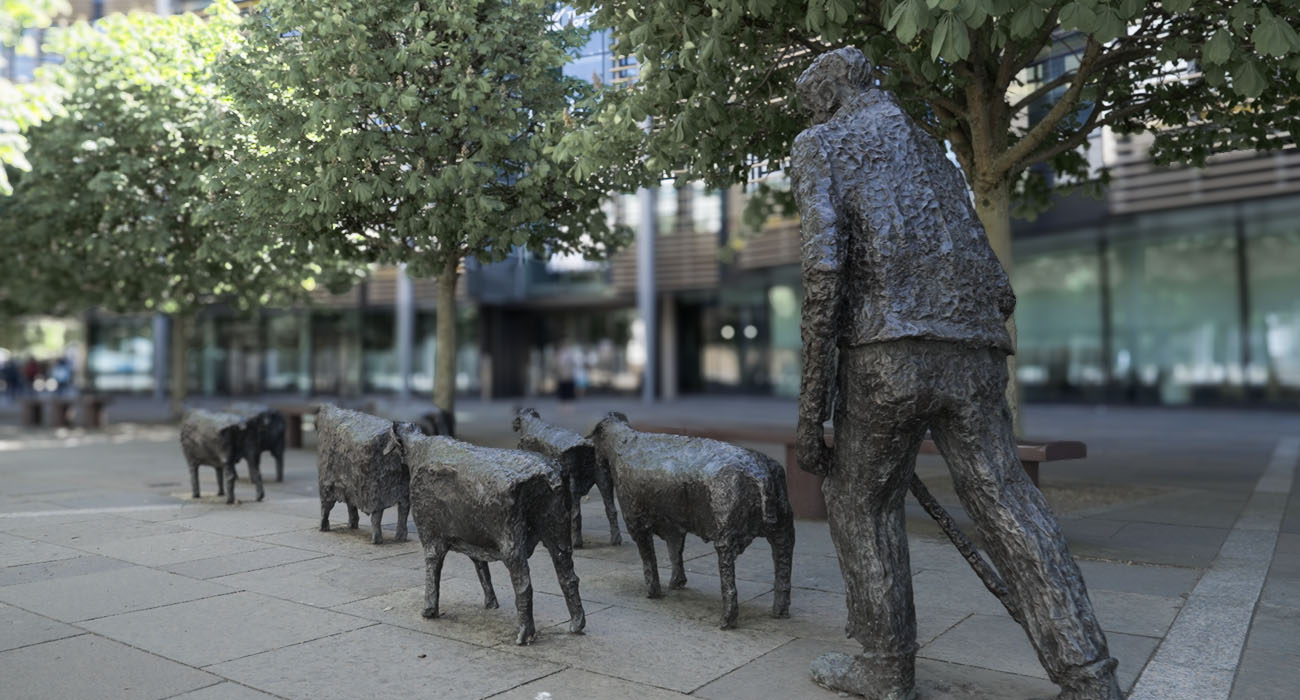Respecting nature and culture is not just a moral responsibility—it’s the foundation of ethical travel photography. Whether you’re capturing a remote landscape or a bustling local market, your images tell a story that can either honor or exploit the world around you. As photographers and travelers, we hold the power—and the duty—to portray our subjects with sensitivity and integrity.
1. Why Respect Matters in Travel Photography
Photography has the power to shape perceptions. A well-composed photo can inspire admiration or raise awareness. But it can also perpetuate stereotypes, disrespect sacred traditions, or harm delicate ecosystems. Respecting nature and culture helps ensure that our visual storytelling contributes to understanding—not exploitation.
2. Photographing Nature: Leave No Trace Behind
When photographing landscapes or wildlife, follow the “Leave No Trace” principles:
- Stay on marked paths: Avoid trampling plants or disturbing habitats.
- Don’t bait or disturb animals: Ethical wildlife shots require patience, not interference.
- Minimize gear impact: Use lightweight equipment and avoid drones in sensitive areas.
Tip: Always research the environmental policies of the places you visit. Some ecosystems—like Iceland’s moss fields or alpine tundra—are more fragile than they appear.
3. Photographing Culture: Consent, Context, and Curiosity
Human subjects deserve the same respect as natural ones. To photograph people ethically:
- Ask for permission before taking portraits, especially in rural or traditional communities.
- Understand cultural norms: What may seem like a candid moment to you could feel intrusive to someone else.
- Avoid clichés and stereotypes: Represent people as they are, not as you expect them to be.
Example: In many Indigenous communities, photos of ceremonies or sacred objects are not allowed. Always ask or check local signage.
4. Share Stories with Purpose
Once you’ve captured your images, use your platform to educate, not just impress:
- Add context to your captions: Share the story behind the shot, the people you met, or the challenges of accessing the place.
- Credit local guides, organizations, or artisans you photograph.
- Avoid oversaturation: Too many photographers flocking to “Instagram-famous” spots can damage environments and communities.
5. Be a Visual Steward, Not Just a Tourist
Photographers influence travel trends. Your images can draw attention to lesser-known regions or highlight responsible tourism practices. Use your lens to promote respecting nature and culture, not exploiting them for likes.
Final Thoughts
In a world where content is shared instantly and widely, photographers must lead with empathy. Respecting nature and culture in every frame helps build trust, protect fragile environments, and celebrate the diversity that makes travel worthwhile. Your camera is more than a tool—it’s a responsibility.




